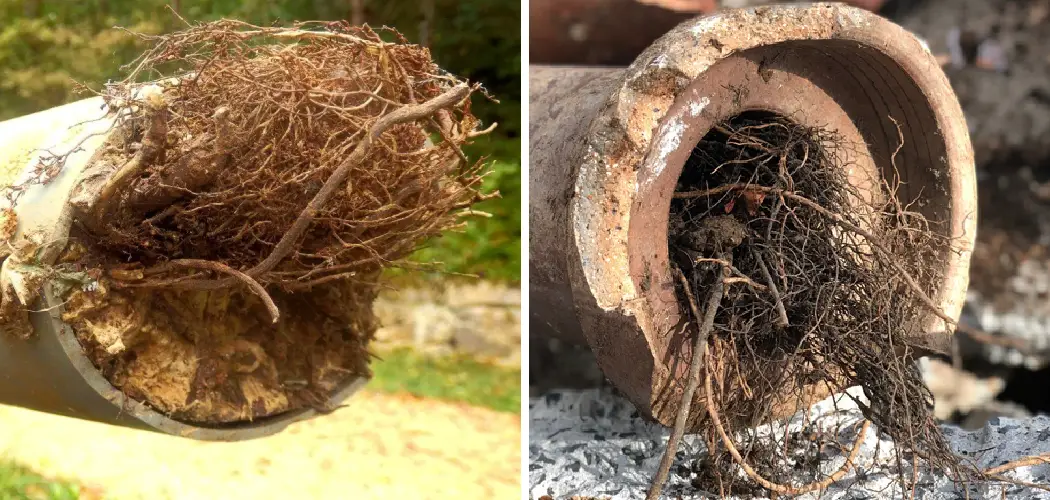If you’ve ever had the frustration of dealing with a clogged sewer line, you know how difficult and frustrating it can be. But if your clog is due to tree roots aggressively invading your sewer line, then you have an even bigger problem on hand.
Not only are these obstructions potentially damaging and costly to remove, but they also don’t resolve themselves overnight – meaning that this could potentially become a long-term issue for homeowners who aren’t prepared to tackle their plumbing problems head-on.
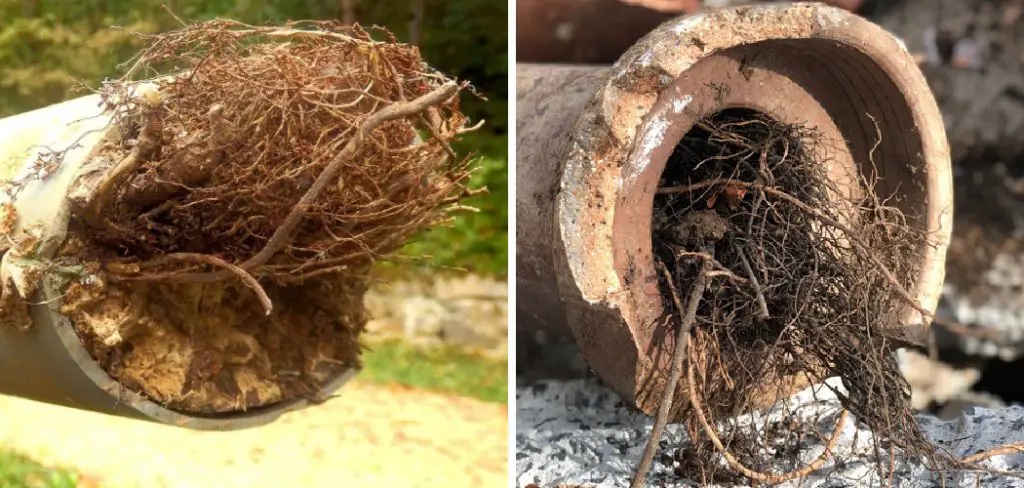
Taking proactive steps on how to keep roots out of sewer line now won’t just save money in repairs later – it will help prevent the root systems from spreading into other areas further down the line! Continue reading our blog post to learn more about practical methods for keeping roots out of the sewer lines at your home or business property.
Why Do You Need to Keep Roots Out of Your Sewer Line?
Tree roots, if left unchecked, can cause major problems for your sewage system. These root systems can easily penetrate pipes and block wastewater from flowing freely. This not only causes backups in the plumbing system but it also invites additional unwanted guests into the fray – such as bugs, mold, and bacteria – all of which further complicate matters for homeowners.
Needed Materials
Given below is a list of materials you’ll need to successfully keep roots from entering your sewer lines:
- Pvc Pipe
- Compound Root Cutter Tool
- Drain Cleaner/de-clogger Solution
- Glue or Sealant
- Plumber’s Tape.
11 Step-by-step Guidelines on How to Keep Roots Out of Sewer Line
Step 1: Locate the Source of the Tree Roots
This will involve inspecting the area around your drain pipes and sewer lines for signs of overgrown root systems. It’s best to do this on a regular basis as part of your preventative maintenance routine. This will help you take care of potential problems before they escalate. But if it’s too late for that, then you can use a root inspection camera to identify the location of the tree roots in your sewer line.
Step 2: Set Up Barriers
Once you have identified where the roots are entering your sewer lines, you should set up barriers in order to prevent them from spreading further into your plumbing system.
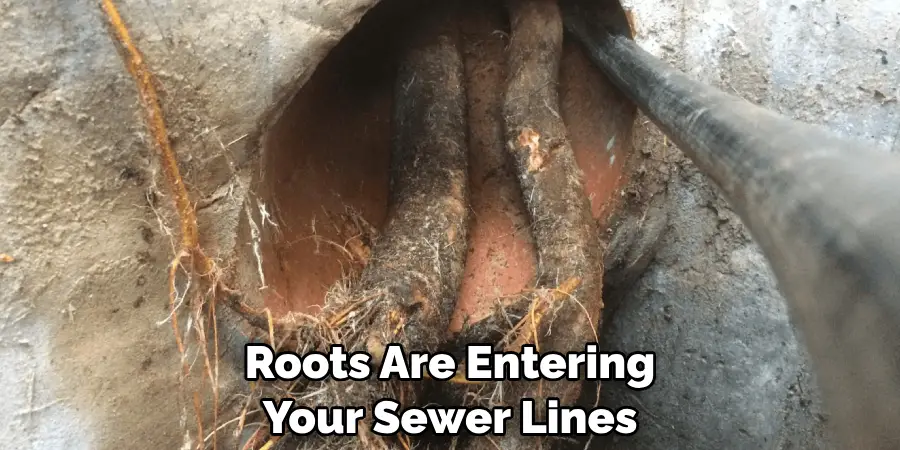
This could involve using a combination of root-repellent chemicals, hard barriers such as PVC pipes and wire mesh, or non-chemical barriers such as sandbags. It’s best to consult with a professional plumber prior to setting up any kind of barrier for your sewer lines.
Step 3: Cut Existing Roots
You can use specialized cutting tools to remove the existing roots from your sewer lines. This involves using something like a compound root cutter tool which is specifically designed for this purpose.
This tool works by slicing through the roots without damaging the surrounding pipe walls, thus effectively removing them from your plumbing system. This process should be done with extreme caution as cutting tools can easily damage the surrounding pipes if not used correctly.
Step 4: Clean and Clear Out Obstructions
Once you have successfully removed any existing tree roots, you should then use a drain cleaner or de-clogger solution to clear out any blockages in your sewer lines. This will help ensure that any remaining roots are completely cleared away and won’t be able to cause any further damage or issues in your plumbing system.
It’s important to use a safe, natural solution when cleaning your lines, as some chemical-based cleaners can actually harm the pipe walls over time.
Step 5: Seal Any Holes or Cracks
Make sure to thoroughly seal off any holes or cracks in your pipes with glue or sealant, as this will help keep tree roots from entering the pipe walls and causing future blockages. This is especially important if you’re dealing with an older plumbing system, as the pipes may be more vulnerable to root intrusion.
Step 6: Apply Plumber’s Tape
Using plumber’s tape around the perimeter of your pipes can also help create a barrier against tree roots, as it will be more difficult for them to penetrate through the extra layer of protection.
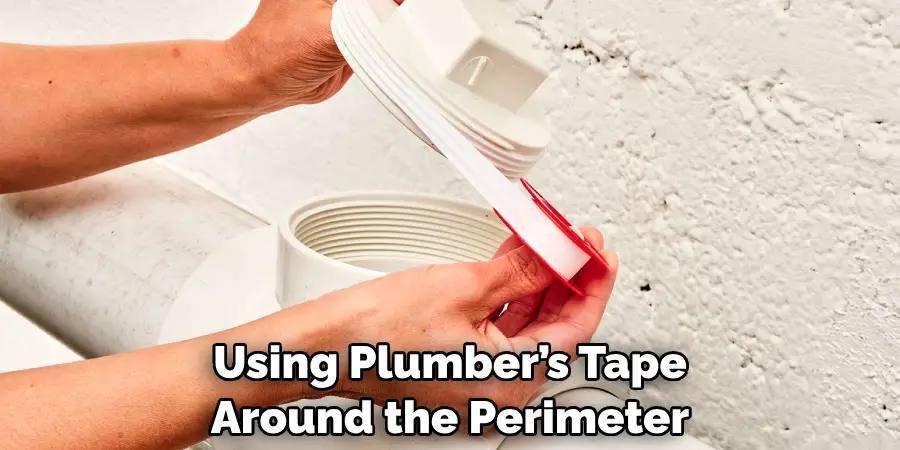
It’s best to consult with a professional plumber before applying any kind of tape or sealant around your pipes, as this is an important step that needs to be done carefully and correctly. This is especially important if you’re dealing with an older plumbing system, as the pipes may be more vulnerable to root intrusion.
Step 7: Monitor Your Pipes on a Regular Basis
Once you have taken all of the necessary steps to protect your pipes from tree roots, it’s important to monitor them on a regular basis. This means inspecting the area around your drain pipes and sewer lines for signs of overgrown root systems. This will help you take care of any potential problems before they become serious issues.
Step 8: Avoid Planting Trees or Bushes Near Your Pipes
When planting trees or bushes near your drain pipes and sewer lines, it’s important to be aware of their root systems. Try to avoid planting any large or invasive species that could potentially spread their roots into the pipes.
Instead, opt for smaller plants with more contained roots, such as shrubs and ornamental grasses. It’s also important to make sure that the soil is not overly saturated, as this can cause the roots to spread even further into your plumbing system.
Step 9: Keep an Eye on Your Water Bill
If you notice that your water bill is unusually high, it could be a sign that tree roots are invading your sewer lines and causing blockages. This can lead to wasted water and increased utility bills, so keeping an eye on your monthly statements can help you catch any potential problems early.
You can also install a water meter in order to monitor the amount of water usage in your home.
Step 10: Consider Professional Assistance
If the methods outlined above do not seem to be working, then it may be time to call in a professional plumber. They will have the experience and expertise necessary to identify and remove any pesky tree roots that are causing your plumbing issues.
But remember, even with the help of a professional, it’s important to continue regularly monitoring your sewer lines and performing preventative maintenance in order to keep tree roots from entering them in the future.
Step 11: Schedule Regular Cleanings
It’s also important to schedule regular cleanings of your pipes and sewer lines. This will help to ensure that any tree roots or other debris do not become an issue in the future. Investing in regular maintenance now can save you a lot of hassle and money later on down the line! Always consult with a professional plumber before attempting any kind of plumbing maintenance on your own.
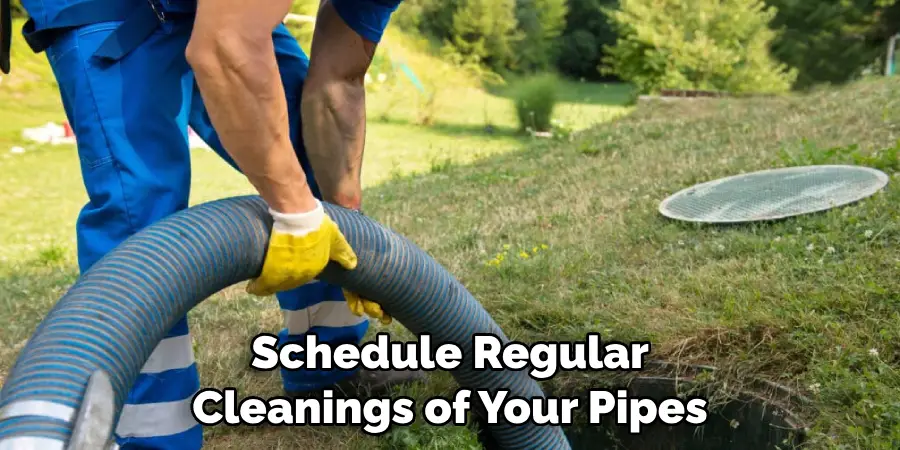
Following the steps on how to keep roots out of sewer line above will help you keep your sewer lines free from tree roots, and protect your home or business property from any major plumbing issues. Remember that prevention is key when it comes to solving plumbing problems, so be sure to stay on top of regular maintenance in order to keep your pipes clean and clear!
Do You Need to Use Professionals?
If you’re dealing with tree roots that have already infiltrated your sewer lines, then it may be best to call in a professional plumber. This ensures that the job is done properly and efficiently, and will help prevent any further damage to your plumbing system.
However, if the problem is still relatively minor, then it’s possible to take care of it yourself using the steps outlined above. Just remember to stay safe and take all necessary safety precautions when attempting any DIY plumbing projects!
Frequently Asked Questions
Q1: What is the Best Way to Prevent Tree Roots From Entering My Sewer Line?
A1: The best way to prevent tree roots from entering your sewer lines is by taking proactive steps such as setting up barriers, cutting existing roots, and sealing any holes or cracks. Additionally, it’s important to keep an eye on your water bill and schedule regular cleanings to ensure that any potential problems are addressed quickly.
Q2: How Long Does it Take for Tree Roots to Cause Damage to Sewer Lines?
A2: It can take anywhere from a few months to several years for tree roots to cause damage to sewer lines, depending on the size and type of root system. As such, it’s important to regularly inspect the area around your pipes and take preventative measures in order to avoid any major issues in the future.
Q3: How Can I Tell if Tree Roots Are Entering My Sewer Lines?
A3: Signs that tree roots may be entering your sewer lines include an increase in water bills, slow draining or clogged drains, and visible signs of root growth on or near your pipes. If you suspect that roots are entering your sewer lines, it’s important to take action as soon as possible in order to avoid any major damage.
Q4: What is the Best Tool for Removing Tree Roots From Sewer Lines?
A4: The best tool for removing tree roots from sewer lines is a specialized cutter tool, such as a compound root cutter. This tool works by slicing through the roots without damaging the surrounding pipe walls, thus effectively removing them from your plumbing system.
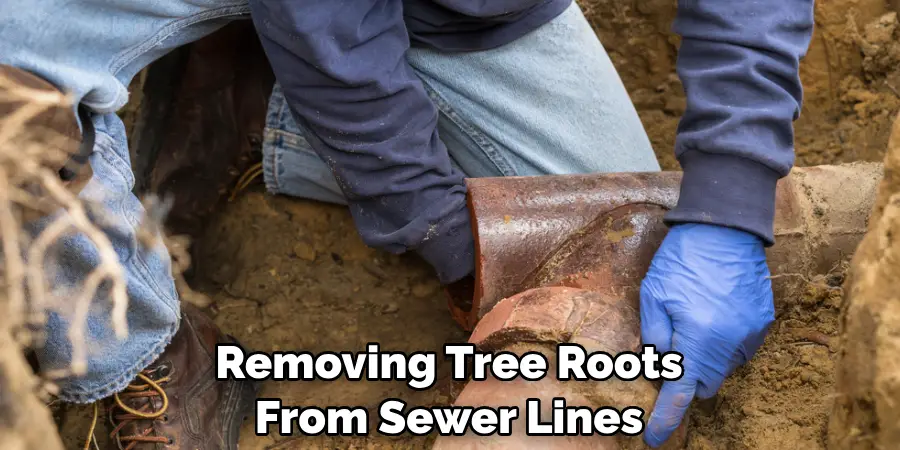
Conclusion
In conclusion, taking preventative measures to keep roots out of your sewer line is essential for your home’s plumbing system.
A combination of chemical treatments that are environmentally friendly, regular maintenance, and strategically placed root barriers is a surefire way to improve the integrity of your home’s sewer system—guaranteeing the long-term safety and health of your family.
If you find yourself in need of additional help or advice regarding root prevention and sewer line care, don’t hesitate to contact local plumbing services in your area. Start taking steps on how to keep roots out of sewer lines towards secure sewer line protection today—you will thank yourself later!

